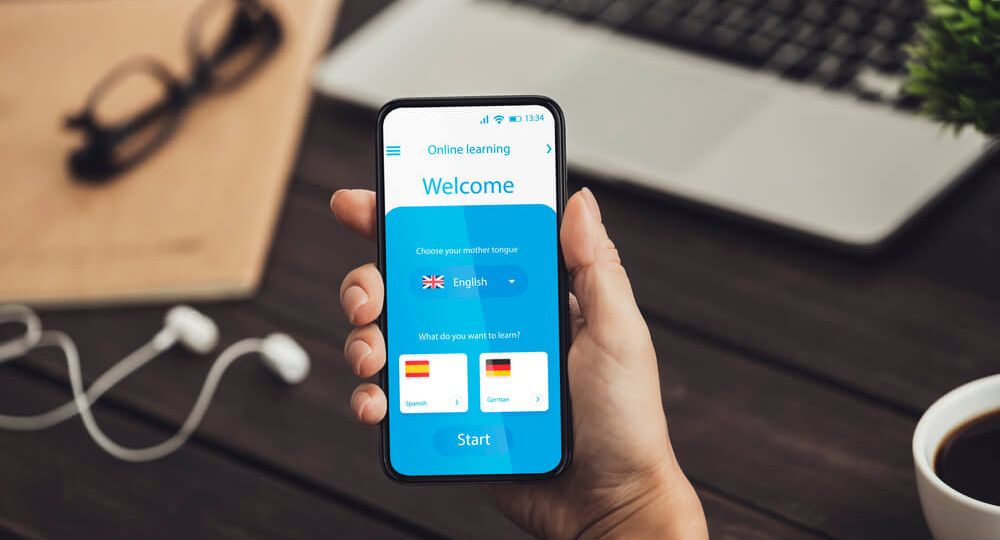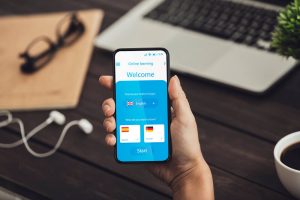
In this era of the dynamic development of information technologies, traditional forms of education are having to undergo significant transformation. E-learning, which is becoming increasingly popular, is now a key tool enabling access to education and training on an unprecedented scale. Thanks to advanced technologies like artificial intelligence, augmented reality (AR) and virtual reality (VR), e-learning has changed the way we develop our skills. Technology-enabled learning offers a wide range of options, from online courses and webinars to complex certification programs and distance studies, and has become an integral part of training systems around the world. In particular, E-learning platforms offer flexibility, convenience and a wide range of resources that can be tailored to individual needs. Do you want to start creating effective and portable e-learning courses? Discover the possibilities offered by SCORM!
Contents
What is SCORM?
When you board a plane, you expect that the safety procedures, such as fastening seat belts and using oxygen masks, will be the same regardless of the airline you choose. In education, one of the key standards that enables the effective creation, management and sharing of online courses is SCORM (Sharable Content Object Reference Model). This is a set of standards that defines how to create, store and deliver educational content in such a way that it can be used and easily transferred between different LMS (Learning Management System) systems without the need for modification. Simply put, it is an international standard for e-learning courses.
Previously, courses were designed for a specific platform, which resulted in them being incompatible with other systems and simply failing to work after migration attempts. This created many challenges and potential losses. For example, imagine a situation in which a university changes its LMS platform and therefore has to reprepare all existing courses completely from scratch. Unthinkable, right?
The SCORM model has introduced order to the e-learning market. Its first version appeared in 2000, and since then the standard has been updated and improved many times. Currently, the most commonly used versions are SCORM 1.2 and SCORM 2004. Do you want to learn more about them? Each version has slightly different technical requirements and includes a detailed description of the e-course structure and the rules by which these courses interact with LMS systems. Do you want to know what the difference is? Here are some examples:
- SCORM 1.2: this version was released in 2001 and provides basic course management and user interaction functionality. For example, it offers monitoring of learning progress and informs the participant about what percentage of the course they have already completed. It is also possible to set a pass threshold to complete the course. This version is perfect for less formal courses.
- SCORM 2004: this is a slightly newer and more advanced version of the standard, which introduced support for more complex interactions. Progress tracking is also more detailed and, in addition to overall progress, shows the number of points obtained during tests. This version is a better choice for creators who want to actually test their knowledge from a given course.
What does the SCORM package include?
The SCORM course is essentially a package, saved in ZIP format, that contains all the necessary educational content needed to place the course on an e-learning platform. Such a course is often referred to as a Package Interchange File (PIF), which highlights its ability to migrate seamlessly between different e-learning systems. This allows course creators and educational institutions to easily transfer and use their materials across platforms, providing students with an uninterrupted and consistent learning path. Here are the key components of SCORM:
- SCORM Package: each course is saved as a ZIP folder, containing all the files needed to run the course. Important among them is the manifest file (imsmanifest.xml), which describes the structure of the entire course.
- SCORM Run-Time Environment: an environment that allows you to run the course and communicate between the course content and the LMS system.
- SCORM Tracking: a feature that allows you to track progress, such as time spent on the course, test scores, and other data regarding student activity and progress.
Tools available on the market – how to choose one
SCORM course authoring tools fall into three main categories: standalone editors, online cloud services, and PowerPoint add-ins. Choosing the right tool depends on the creator’s skills, but PowerPoint add-ons are especially recommended for beginners. Any static presentation can be converted into a SCORM course, so it is a good idea to use it as a base to create an interactive course.
What should you consider when preparing your own course?
Regardless of the level of advancement and individual selection of tools, it is worth starting work by carefully planning the structure of the course you are creating. Appropriate division into modules and lessons will certainly make it easier for users to navigate. You can then move on to creating the actual content for your course. The only thing that limits you is your imagination. To make the course attractive to participants, you can provide additional resources, such as interactions, quizzes or a voice-over. The tools available on the market have many such functions and ultimately enable the export of the course to the SCORM format. Thorough testing is recommended to ensure that the course works across platforms and that its individual components function properly. Only after successful testing can the course be published. This final stage includes both uploading the ZIP file with the course in the SCORM format to the selected platform and its re-verification.
Translation of presentations into other languages
The process of translating a presentation into the SCORM format always considers its technical specificity. Remember that not only the entire text of the presentation will need to be translated, but also all graphic materials and multimedia included in the course. These can be images, video materials, as well as comments made by a narrator or subtitles. That is why it may be so important to use the help of specialists in the translation industry who can carefully analyse the submitted materials and advise on the appropriate translation method. Do you want to start creating effective and portable e-learning courses and need support with creating content for a completely new course? Check out what our copywriting offers!
Summary
Knowledge of the SCORM format is an extremely valuable skill for anyone involved in creating and managing e-learning courses – especially in the dynamically developing world of online education. Thanks to standards such as SCORM, participants have the opportunity to use attractive ways of learning, and authors can effectively manage their courses while maintaining flexibility in choosing a platform. Therefore, standards like SCORM play an important role in shaping online education. Contact us to learn how SCORM can optimize your learning management system (LMS) today!

